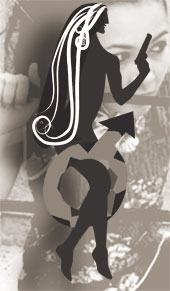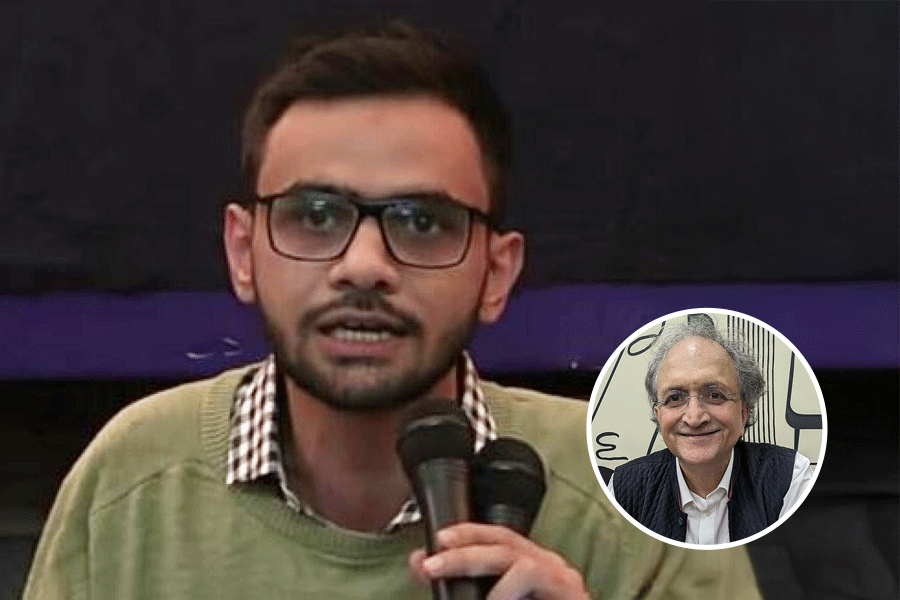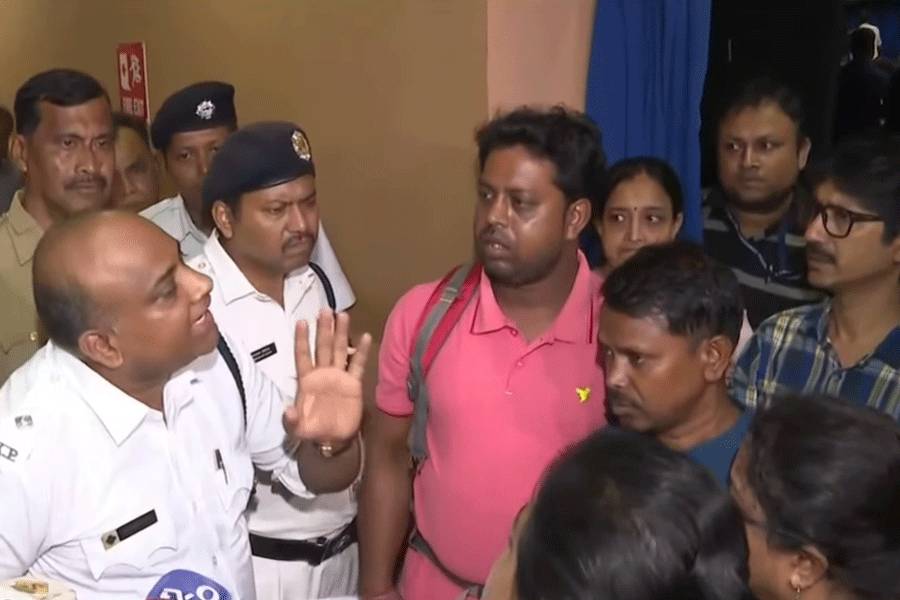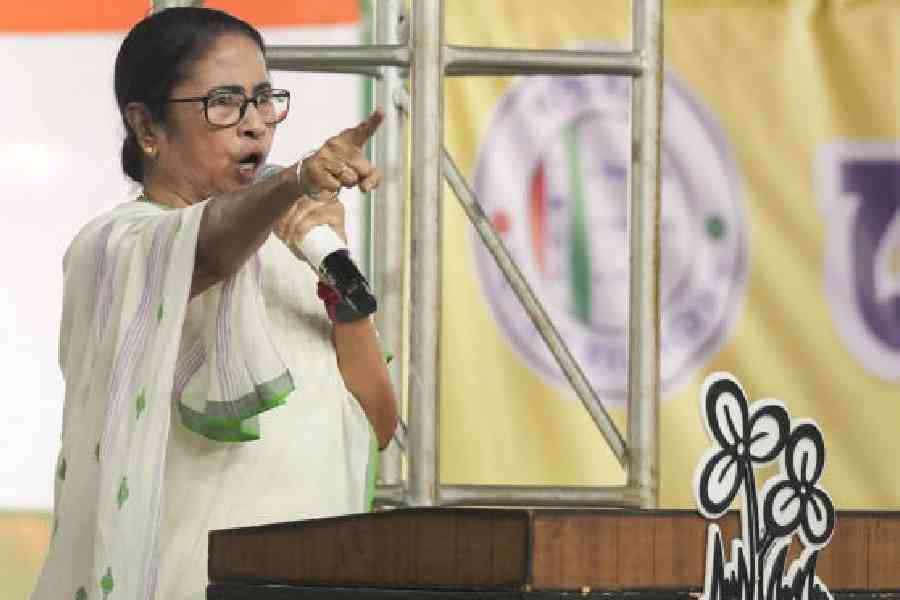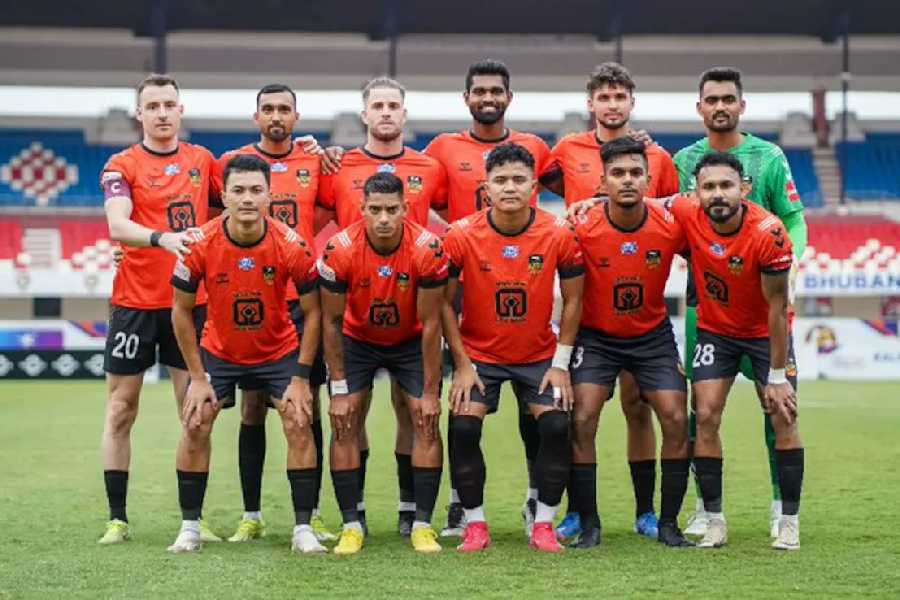 |
‘I killed my husband,” she says, with a straight face. The words tumble out, not from a tough, abrasive personality, as one would expect, but from Gauri, a middle-aged, silver-haired, matronly woman sporting a no-nonsense look.
Gauri is serving a life sentence at the Yeravada Women’s Prison in Pune. Convicted of murdering her husband, she has been in jail — the largest women’s prison in Maharashtra — for six years. Every night Gauri’s husband would bring home a new woman. Gauri took that in her stride — till, one day, he tried to molest her niece in front of her.
Before he knew it, Mohan, a class one officer in Nagpur, was slain by his wife. That one moment of insanity changed Gauri’s life for good, if not for the better.
When it comes to crime in India, women like Gauri form a little over five per cent of the perpetrators. But a closer look at crime statistics in Maharashtra over the last five years reveals that the participation of women in crime is on the rise. “When I took over in 2000, there were 125 women lifers for murder. Today there are 190,” says Pallavi Kadam, the prison superintendent at the Yeravada prison, established in 1926 exclusively for women and now an annexe of the central prison.
Of course, crime itself is on the rise. The total population of undertrials and convicts in the Pune women’s jail has increased from under 200 in 2000 to 316 in the last week of this October. There has been a gradual build up of women arrested in the last five years in Mumbai under various sections of the Indian Penal Code (IPC) — from 10.5 per cent to 13.7 per cent. And many of those behind bars are, like Gauri, not professional outlaws, but ordinary women.
Until recently, Gauri was a regular middle class Maharashtrian homemaker whose life revolved only around her family. But Gauri succumbed to a moment of rage, quite like Rukmini, a woman in her late thirties who murdered her husband, a violent alcoholic, by hitting him on the head with a crow bar.
Rukmini’s flash point, like Gauri’s, came after years of abuse. And that is why women of their age group are in a majority in crime statistics. The state publication, Crime in India, 2005, says that of a total 1,51,309 women offenders under the IPC in 2005, 40.6 per cent were women in the 30-45 age group, versus 35.43 per cent in the 18-30 age group and 19.9 per cent in the 45-60 age group.
The reason, says Colin Gonsalves, a human rights lawyer in Delhi, is that many of these women, married for 10-15 years, suffered several years of torture at the hands of violent husbands before something snapped inside them. “They are wrongly convicted of murder,” he says.
Yet there are many — from Kiran Bedi, India’s first woman top cop, to Shabana, a 32-year-old convicted for murder and lodged at the Yeravada prison — who argue that women are less angry and thus less prone to violence. But statistics tell quite another story. According to Mumbai police figures, the number of women booked for offences such as grievous hurt has moved from 14 per cent to 16 per cent over the last five years. The tendency to hurt is increasingly reflected in women turning to rioting — which grew in Mumbai from 13 per cent to an astounding 36.7 per cent in the last five years.
 |
| The figures are for women arrested for crimes under the Indian Penal Code (IPC) in Mumbai. IPC covers murder, rape, dacoity, cheating, sexual harassment, death by negligence, rioting and theft, to list a few |
But what’s also on the increase, Bedi says, are women committing crimes of passion and revenge — across the spectrum. Shabana has been privy to a number of stories shared by women convicts, of how they bumped off their husbands to be with their lovers. Often enough, as Aseem Sarode, a human rights lawyer in Pune who provides legal aid to prisoners says, these women come to prison as co-accused, with their lovers.
“A woman commits homicide either due to extreme isolation and deprivation due to a husband’s extra-marital affair or her own involvement with another man,” says P.K. Bajpai, co-author of the book Women in Criminality.
And if not love, it’s money — which figures prominently as a motive for those caught under the Narcotic Drugs and Psychotropic Substances (NDPS) Act. In Mumbai, the number of women arrested under the Act rose from 28 to 47 in the last two years.
Interestingly, many of the women criminals in this category are pushing 60 and some are even 70. Most of them were caught for peddling or carrying drugs.
Neck and neck with each other are all the long-time culprits — women arrested for dowry-related deaths and partnering with their sons or brothers to inflict cruelty on a daughter-in-law. Together, these form over 40 per cent of the total crimes committed by women. “A woman can be as big a perpetrator of violence, as much as she can be a protector,” notes Bedi. She says she finds the age of a mother-in-law accused of cruelty to be increasingly veering towards the wrong side of 50. And a sister-in-law could be as young as in her early twenties.
An increasing number of women are now in jail for militant activities, especially in the North-eastern states. And the murders of children planned and executed by the Gawit sisters of Kolhapur, who were recently awarded the death penalty, are a pointer to the fact that women are no longer passive partners in crime. The Gawit sisters, it may be recalled, munched chiwda — pressed rice — in a movie hall, with the body of a child they’d murdered beneath their seats.
But hardened criminals apart, quite a few women regret the crucial action that ended up putting them behind bars. “I never intended to kill my husband — but in those few minutes of fury, I could see no other way,” says Rukmini, who surrendered to the police after the murder in Maharashtra last April.
Adds Shabana, “The act could take just a few minutes. But once it is done, that’s when it hits you. If I could rewrite my life, I’d certainly steer far away from the original.”

